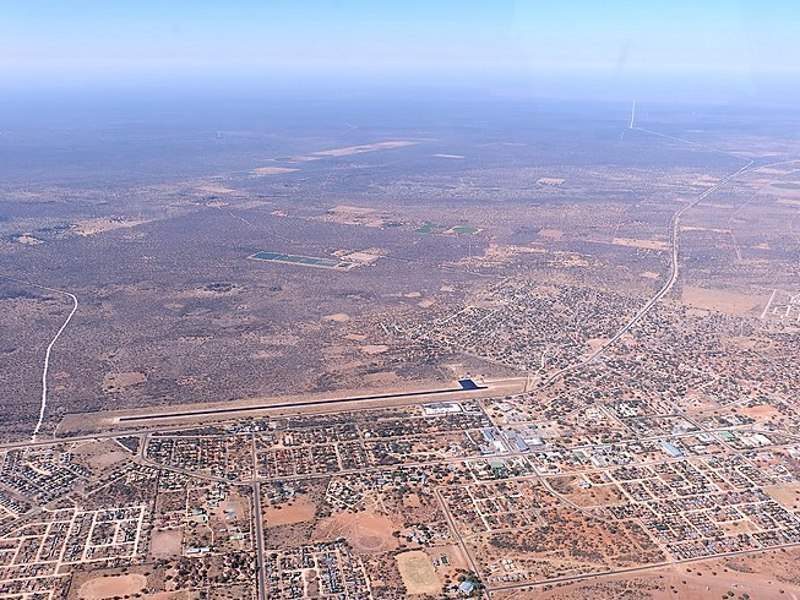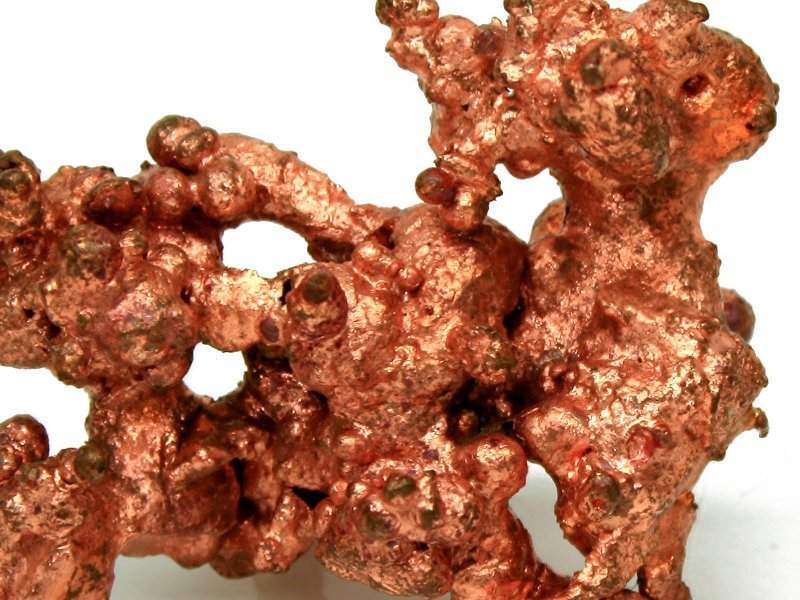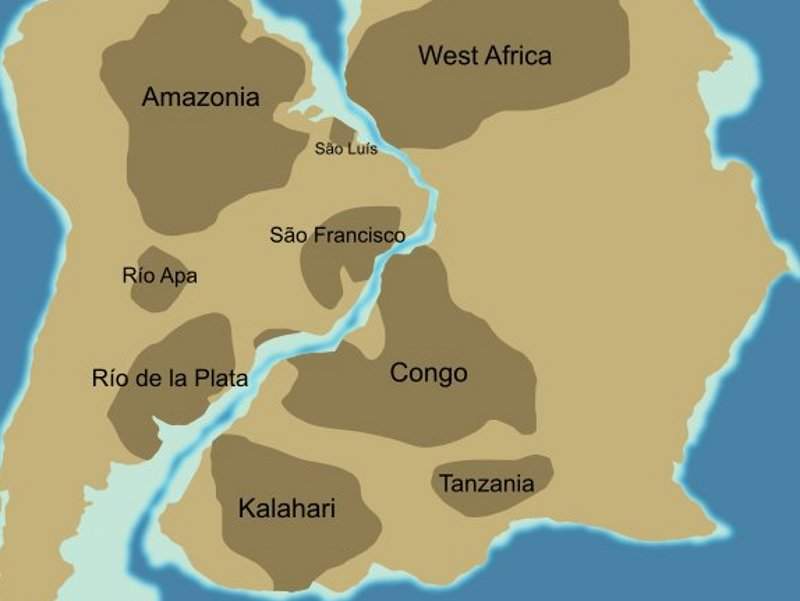T3 Pit copper project is located on the Kalahari Copper Belt, Botswana, Southern Africa. The open-pit copper project is owned by Tshukudu Metals Botswana, a wholly-owned subsidiary of Metal Capital, which is a joint venture between MOD Resources (70%) and Metal Tiger (MTR) (30%).
MOD Resources is a company based in Australia, while Metal Tiger is based in the UK.
Tshukudu Metals holds more than 11,500km² of prospective copper and silver licenses in four main exploration areas, namely T-Rex, T3 Dome, T20 Dome and T7 Domes, in the Kalahari Copper Belt.
T3 Pit is the most advanced among the three resource development projects being undertaken by Tshukudu Metals in the copper belt. The other two projects are T3 Underground and T1 Underground.
The prefeasibility study (PFS) for the project, completed in January 2018, confirmed the potential of the T3 Pit as a low-cost and long-term copper mining operation.
The feasibility study for the T3 Pit project is scheduled for completion in the first quarter of 2019.
The mine is expected to commence operation by the end of 2020 and produce 28,000 tonnes (t) of copper a year.
T3 Pit discovery and development details
MOD Resources announced the discovery of the T3 Pit deposit in March 2016 and completed a scoping study for the project in December 2016.
The prefeasibility study (PFS) of the project predicted an average annual production of 23kt of copper and 690,000oz of silver, over an estimated 8.8 years of mine life, in a base case scenario, assuming a plant throughput of 2.5 million tonnes per annum (Mtpa).
The PFS forecasted an average annual production of 28kt of copper and 903,000oz of silver, over an estimated 11.7 years of mine life, under an expanded case with plant throughput increased to 4Mtpa from the fourth year.
The pre-production capital expenditure for the 2.5Mtpa operation was estimated to be $155m, while the expansion capital for plant upgrade from 2.5Mtpa to 4Mtpa was estimated to be $37m.
The feasibility study for the project is, however, based on a plant throughput of 3Mtpa, following the T3 Pit resource expansion announced in July 2018.
T3 Pit geology and mineralisation
The T3 Pit is located in the T3 Dome complex within the central portion of Kalahari copper belt, which expands roughly 1,000km from the north-west edge of the Kalahari Craton in northern Botswana towards Namibia.
Copper mineralisation at the T3 Pit mine is found hosted in sediments at 25m-50m depth, under shallow sand cover, along a 1.4km-long strike length.
Copper and silver resources at T3 Pit mine
The indicated and inferred ore resources of the T3 open-pit mine were estimated to be 60.15Mt grading 0.98% copper and 14g/t silver, as of July 2018.
The mine was estimated to contain 590.4kt of copper and 27Moz of silver.
Mining and processing at T3 Pit mine
The T3 Pit will be a conventional load-haul-dump open-pit mining operation, preceded by ten months of stripping, using hydraulic excavators and rear dump trucks. A four-stage pit design has been planned for the mine to ensure smooth waste stripping. The bench height selected for the open-pit is 10m.
The run-of-mine (ROM) ore will be trucked to the nearby 3Mtpa processing plant, where it will undergo crushing and grinding followed by sequential rougher and cleaner flotation.
The obtained concentrate will be thickened, filtered and stockpiled, prior to being packed in two-tonne bulk bags for loading into containers for storage and subsequent transport to third-party smelters.
The floatation remains will be dewatered by thickening and sent to the tailings storage facility.
The processing plant will be designed to be up-scaled to 4Mtpa operation to handle increased production from the T3 pit or the additional ore produced from satellite deposits.
Infrastructure facilities for T3 Pit copper mine
The T3 Pit copper mine is accessible from Maun and Ghanzi, via the 300km-long asphalt-surfaced Ghanzi highway.
Electricity supply for the mine is planned to be met through a new 12km transmission line connecting the existing grid network along the Ghanzi highway.
The mine site will also house a 14.1MW diesel power generation facility, while water requirement will be met through boreholes. Water diversion channels will be constructed around the processing plant and the mine to mitigate contaminant.
Other infrastructure facilities for the mine will include a tailings storage facility, a waste stockpile area, and an accommodation village in Ghanzi town.
Contractors involved with the T3 Pit copper project
Sedgman, a wholly-owned subsidiary of CIMIC Group, has been selected as the engineering, procurement and construction (EPC) contractor for the T3 processing plant.
Sedgman was appointed as the process and infrastructure engineer for the feasibility study of the project, in August 2018. It will also be responsible for compiling the feasibility study of the project, which is scheduled for completion by March 2019.
Azure and Terrafranca were appointed as joint debt advisers to secure debt finance for the T3 Pit project, in August 2018.
CSA Global prepared the revised resource estimate for the T3 Pit mine, which was announced in July 2018.
Australia-based Independent Metallurgical Operations was responsible for the metallurgical testwork, whereas Sound Mining Solution, based in South Africa, provided the mine design and scheduling for the scoping study as well as the prefeasibility study.
Independent Metallurgical Operations also compiled the scoping study as well as the prefeasibility study.
Minnovo, an engineering consultant based in Perth, was responsible for the process engineering and infrastructure components of both the scoping and prefeasibility studies.
Water Surveys Botswana provided borefield testing and modelling services, whereas Knight Piesold of Botswana provided tailings, waste stockpiles and site water management services, during the prefeasibility study phase of the T3 Pit project.
LOCI Environmental, based in Botswana, was responsible for the environmental studies, while Karunya Consulting was engaged for the social permitting and baseline studies of the project during the prefeasibility study.
Rescology Environmental Consultants provided the mine closure plan.





